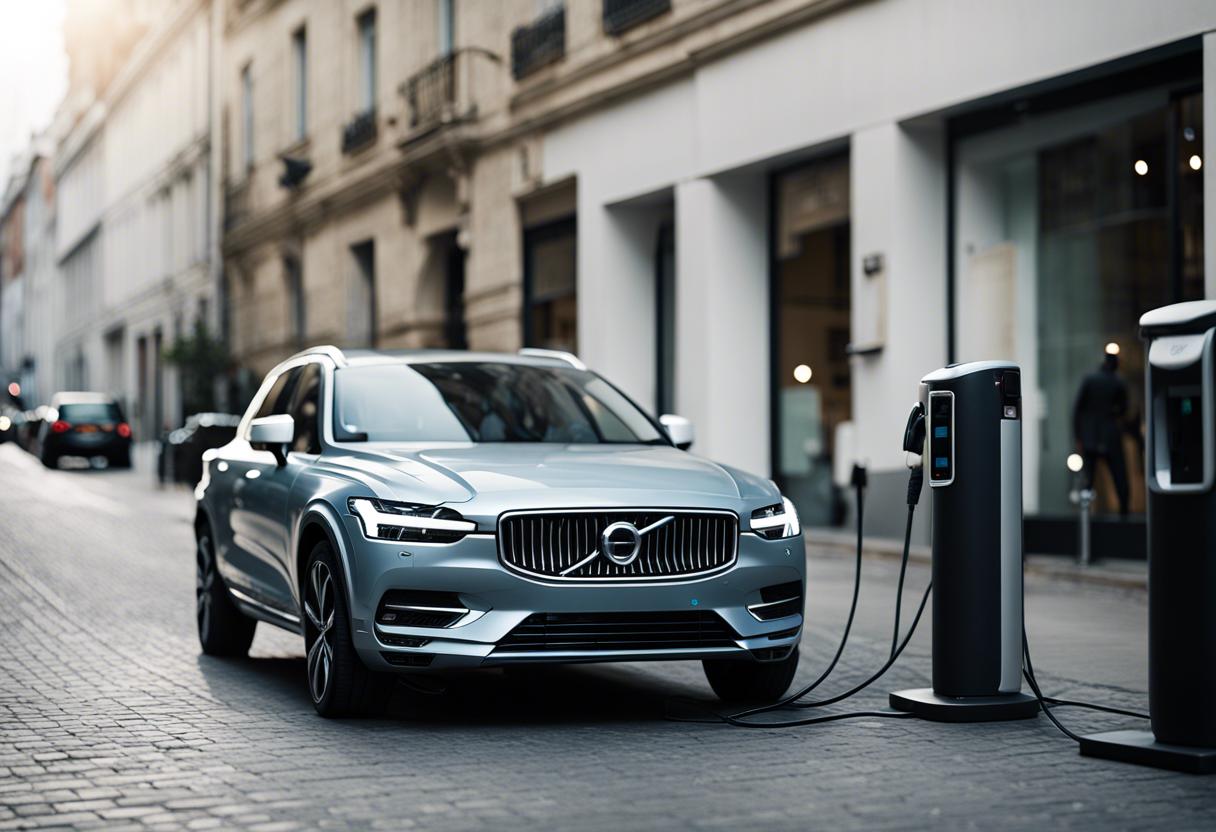Despite the media’s extensive attention on Volvo’s new luxury all-electric EX90 flagship vehicle, another model from the same company is also making its debut. Although its visibility might not be as prominent, it holds significant importance in terms of sales. This model is a renovated version of the Swedish brand’s longstanding XC90, which is far from being regarded as new considering it’s been on the market for nearly ten years in its second-generation version, first introduced in 2015. Its predecessor, the original XC90, was also available for sale for over two decades till it was replaced by the current variant.
To maintain its currency in the market, Volvo has made general enhancements to the XC90, implying its necessity to retain the hybrid model for a while longer. This runs contrary to Volvo’s previous declaration to become an entirely electric car manufacturer by 2030. However, this does not completely negate the objective, but rather indicates the manufacturer’s pragmatism regarding its ambitious timeline for complete electric transformation.
Volvo’s realism aligns with the strategies of other global automakers such as Audi, VW, Ford, Porsche, Toyota, and more who, whilst not completely reneging on their commitment towards complete electrification, have eased their transition speed.
The hesitation shown by the bulk of mass-market car consumers towards electric vehicles leaves Volvo and other manufacturers with limited choices. As one unnamed dealer reported to Autonews Europe last month, the continued sales of hybrid vehicles are a necessity for survival.
Volvo has discreetly affirmed its plans to persist with the sale of plug-in hybrid models, perhaps for the next ten years or so, primarily in the crucial US marketplace. Despite the stout sales performance of its EX30 electric crossover in Europe — taking second spot in July’s European Alternative Fuels Observatory’s electric car and plug-in hybrid sales ranking — outpaced only by the dominant Tesla Model Y, financial pressures have somewhat challenged Volvo’s electric sales targets.
The EX30, manufactured in China, is now slapped with a 19.3 per cent tariff by the European Union. Compounding this, software issues causing some vehicles to become entirely unresponsive have led to full refunds in some instances. Volvo has acknowledged the situation, underscoring that it is working with utmost urgency to rectify the problem, minimising customer inconvenience, and promising continuing support and an owning experience that remains largely ratified by its customers.
Understandably, the company has decided to extend the lifecycle of the prior-generation XC90 plug-in hybrid model. Cosmetic updates to the XC90 include a more refined, assertive facade aligning to the EX90 and a distinctive rhombic grille, akin to the one found on BMW’s new X3.
Substantial yet subtle changes have been made in the cabin; a new set of cupholders on the console behold a sleek design and the touchscreen has grown to an 11.2-inch display, though it appears as an addition rather than a built-in feature.
On the mechanical front, a novel top-link bolsters the rear suspension, Frequency Selective Dampers are standard on all four wheels, and quieter rides are promised through greater sound insulation.
The hybrid system configuration retains its previous specifications, featuring a 2.0-litre turbocharged petroleum engine paired with a 107kW electric motor positioned at the rear. This joint setup yields an overall output of 455hp and the CO2 emission is minimally 29g/km. On a full battery charge, it can travel a distance of 72km solely using electric power.

